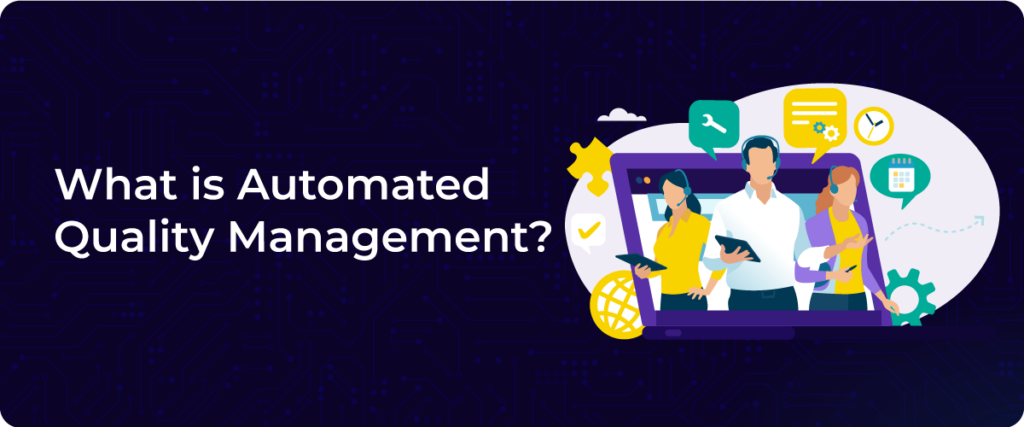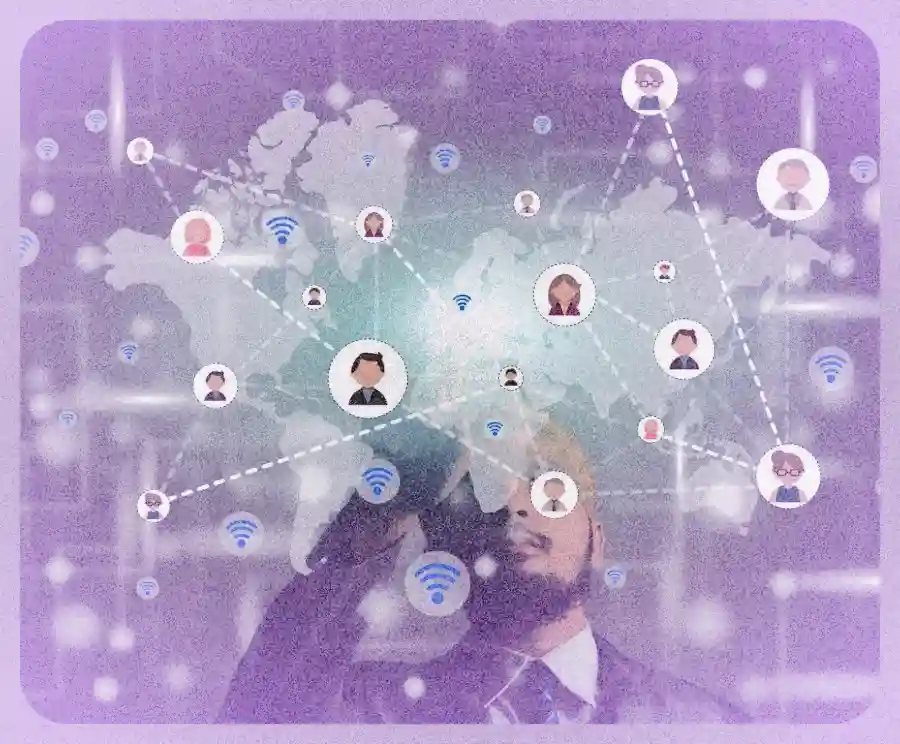The omnichannel customer journey has become essential for businesses striving to meet customers wherever they are, growing importance of seamless customer experiences across multiple platforms—phone, email, social media, and live chat—makes managing these touchpoints critical.
Table of Contents
- What Is an Omnichannel Customer Journey Strategy?
- How Do You Build an Omnichannel Customer Experience?
- What Are the Four Pillars of Omnichannel Marketing?
- What Is the Omnichannel Customer Lifecycle?
- Benefits of an Effective Omnichannel Customer Journey
- Key Components of an Omnichannel Customer Journey
- 7 Steps for Creating an Omnichannel Journey Map
- Leveraging Omnichannel Journey Analytics
- Omnichannel Journey Mapping Is Made Easy With ConvoZen.AI
- Closing Thoughts
What Is an Omnichannel Customer Journey Strategy?
An omnichannel customer journey strategy is the approach businesses use to create a seamless and consistent customer experience across multiple communication channels.
This strategy involves understanding the customer’s journey at every stage awareness, consideration, decision, and post-purchase, and ensuring that the transition between each channel feels natural and effortless.
How Do You Build an Omnichannel Customer Experience?
It begins with understanding customer behavior across multiple touchpoints. It’s not just about being present on every platform, but where customers can transition effortlessly between channels.
- Identify Key Channels
Based on your customer base, determine which channels (e.g., phone, email, chat, social media) they prefer to use for different stages of their journey.
- Ensure Consistent Messaging
Regardless of the channel, ensure that your brand’s messaging is clear and uniform across platforms.
- Integrated Systems
Implement integrated CRM and speech analytics tools to capture data across all channels, giving you a holistic view of the customer journey.
What Are the Four Pillars of Omnichannel Marketing?
The four pillars of omnichannel marketing are essential to delivering a cohesive experience across platforms.
- Customer-Centric Approach
Everything starts with the customer. Understanding their needs, preferences, and behavior is key to creating a meaningful experience.
- Data-Driven Decisions
Use customer data collected from various channels to inform strategies and personalize interactions.
- Seamless Integration
Ensure your systems—CRM, call center platforms, email marketing, and social media—are interconnected to provide a unified experience.
- Consistent Messaging
Whether a customer interacts with your brand on social media, over the phone, or via email, the message should remain consistent and aligned with your brand values.
What Is the Omnichannel Customer Lifecycle?
The omnichannel customer lifecycle refers to the entire journey a customer takes from awareness of your brand to post-purchase engagement.
The lifecycle can be broken down into:
- Awareness
The customer learns about your product or service through various channels.
- Consideration
They research and compare options, interacting with your brand across multiple touchpoints.
- Decision
The customer makes a purchase, possibly engaging with your call center for assistance or clarification.
- Post-Purchase
The relationship doesn’t end with a sale. Continued engagement and support via phone, email, and social media strengthen customer loyalty.
Benefits of an Effective Omnichannel Customer Journey
An effective customer journey with omnichannel offers several benefits for both the business and its customers:
- Improved Customer Satisfaction
Customers receive a consistent, personalized experience across all touchpoints, leading to higher satisfaction.
- Increased Efficiency
Call center agents have access to comprehensive customer data, allowing them to resolve issues more quickly.
- Higher Conversion Rates
A unified experience encourages customers to complete their purchase, no matter where they are in the journey.
Key Components of an Omnichannel Customer Journey
To create a successful OCJ, several key components must be in place:
- Customer Journey Omnichannel Mapping
Understanding how customers interact with your brand across different channels helps identify pain points and areas for improvement.
- Unified Customer Data
Centralizing customer data ensures that agents and systems can access the same information, providing a holistic view of the customer.
- Personalization
Tailoring the customer experience based on past interactions, preferences, and behaviors enhances engagement.
- Real-Time Insights
Using tools like speech analytics in call centers helps provide real-time insights into customer interactions, allowing for immediate action and adjustments.
7 Steps for Creating an Omnichannel Journey Map
Creating an omnichannel customer journey map allows businesses to visualize the customer’s path and ensure every touchpoint is optimized for a seamless experience. Follow these seven steps:
- Identify Key Customer Personas
Define the different types of customers who interact with your business.
- Map Out Touchpoints
List all the channels customers use to interact with your brand.
- Analyze Customer Behavior
Use data from each channel to understand how customers move between touchpoints.
- Identify Pain Points
Pinpoint where customers experience friction or dissatisfaction in their journey.
- Create a Unified Strategy
Align your systems and teams to provide a consistent experience across all channels.
- Implement Omnichannel Technology
Integrate tools like speech analytics to capture and analyze interactions across all channels.
- Monitor and Optimize
Continuously collect data and feedback to refine the journey map and address new challenges.
Leveraging Omnichannel Journey Analytics
Analytics play a crucial role in optimizing the omnichannel customer journey. Call center speech analytics, in particular, can reveal patterns in customer interactions, identify common issues, and highlight opportunities for improvement.
- Tracking Customer Sentiment
Speech analytics can detect customer emotions, allowing businesses to gauge satisfaction in real-time.
- Improving Agent Performance
Insights from call data can identify areas where agents excel and where they may need additional training.
- Personalizing Interactions
By analyzing past interactions, businesses can provide more personalized and relevant solutions to customer queries.
Omnichannel Journey Mapping iIs Made Easy With ConvoZen.AI
ConvoZen.AI simplifies the process of mapping the omnichannel customer journey by offering a comprehensive platform that integrates call center speech analytics, real-time customer data, and seamless channel management.
- Real-Time Monitoring
ConvoZen.AI provides real-time insights into customer interactions, helping businesses respond quickly to any issues or concerns.
- Unified Data
The platform collects data from all customer interactions, providing a holistic view of each customer’s journey.
- Agent Training
With integrated speech analytics, ConvoZen.AI identifies areas for agent improvement, ensuring they deliver top-notch service.
Closing Thoughts
The rise of omnichannel journeys and customer experience means businesses must adapt to meet the evolving needs of their customers. Challenges such as data fragmentation, inconsistent messaging, and lack of real-time insights often hinder businesses from delivering a smooth experience.
With ConvoZen.AI, these challenges are turned into opportunities, empowering businesses to provide superior customer experiences at every touchpoint, will help overcome the difficulties of managing the omnichannel experience, ensuring a smooth customer journey, and maximizing value from every interaction.
Interested in transforming your omnichannel customer journey with a free demo? Explore and unlock the potential of seamless customer experiences today!
FAQs
The customer journey refers to the seamless experience customers have as they interact with a brand across various channels (e.g., social media, email, phone, in-store) while maintaining consistency and continuity in service.
An effective omnichannel customer journey improves customer satisfaction, increases conversion rates, boosts efficiency in handling queries, and strengthens brand loyalty by providing consistent experiences across all touchpoints.
The key components include customer data integration, consistent messaging across all channels, real-time analytics, and personalization of interactions based on customer preferences and behaviors.
To create a customer journey map, you need to identify customer personas, map out all touchpoints, analyze customer behavior, identify pain points, and align your strategy to deliver a seamless experience.


